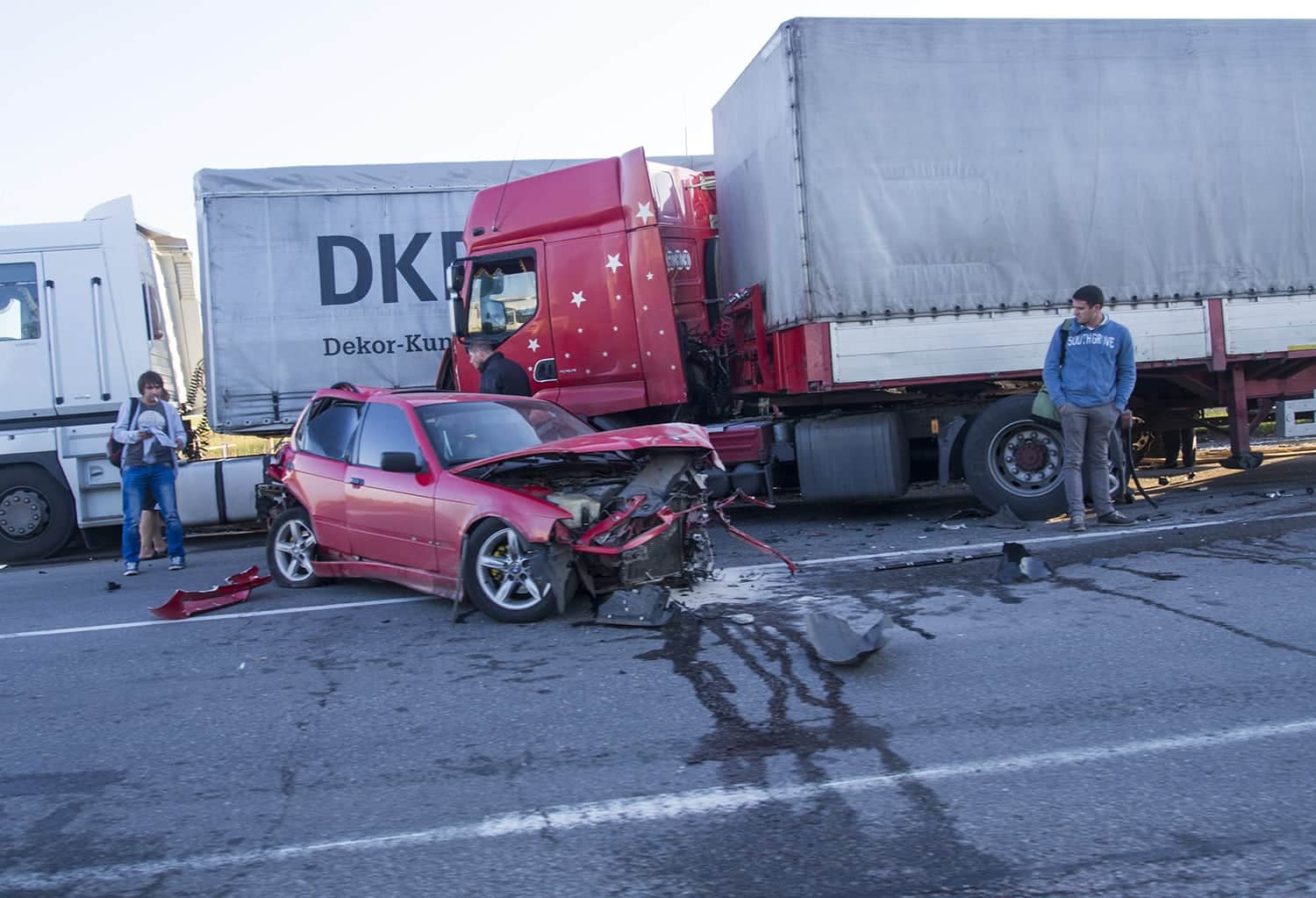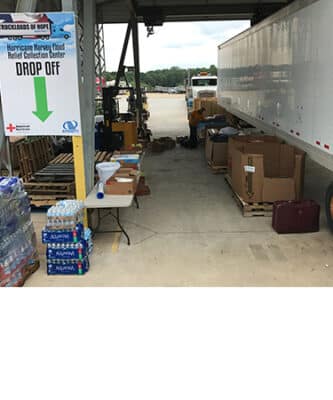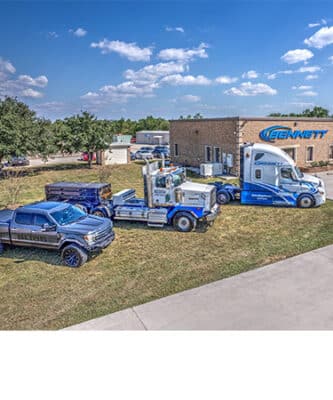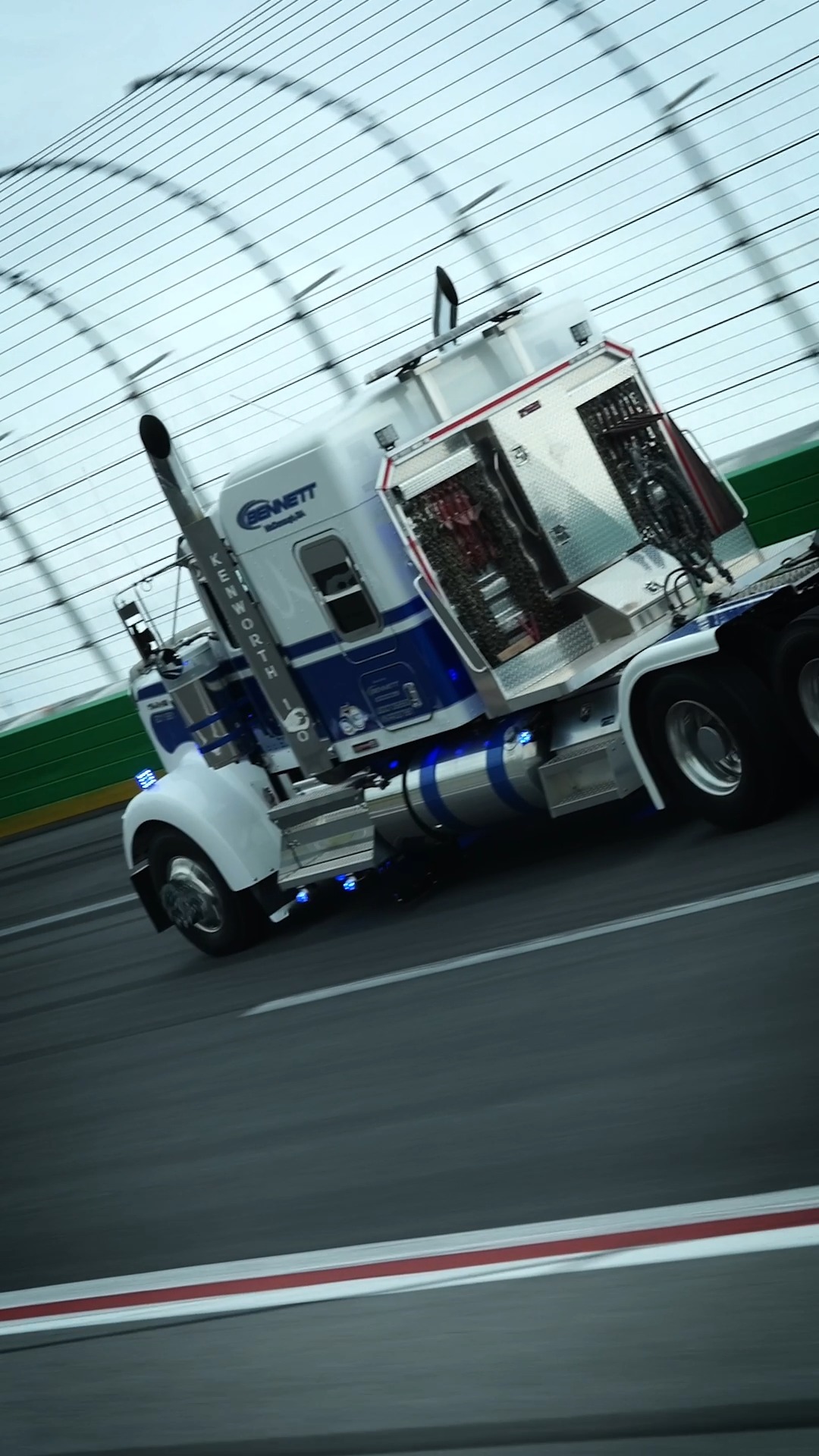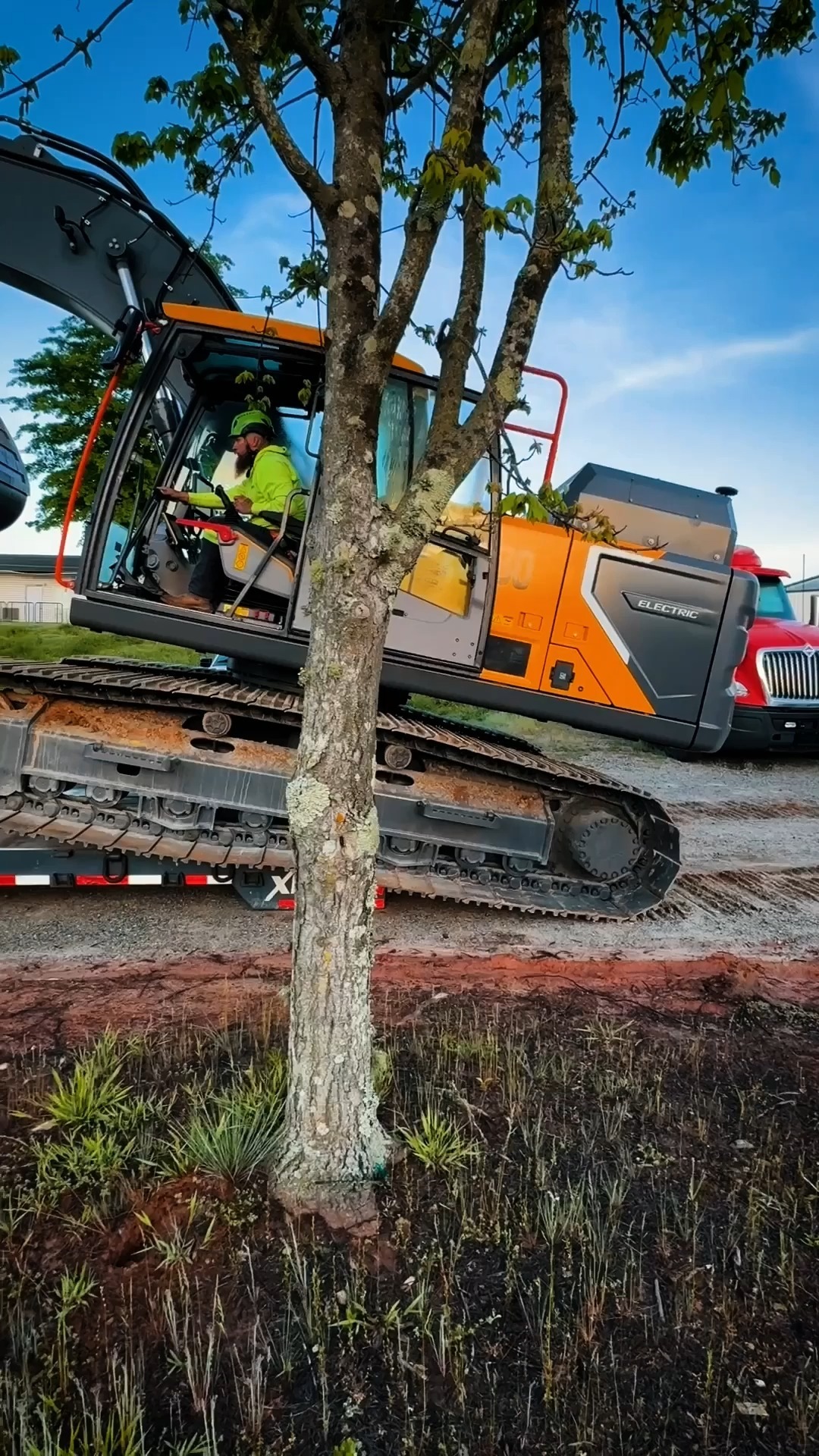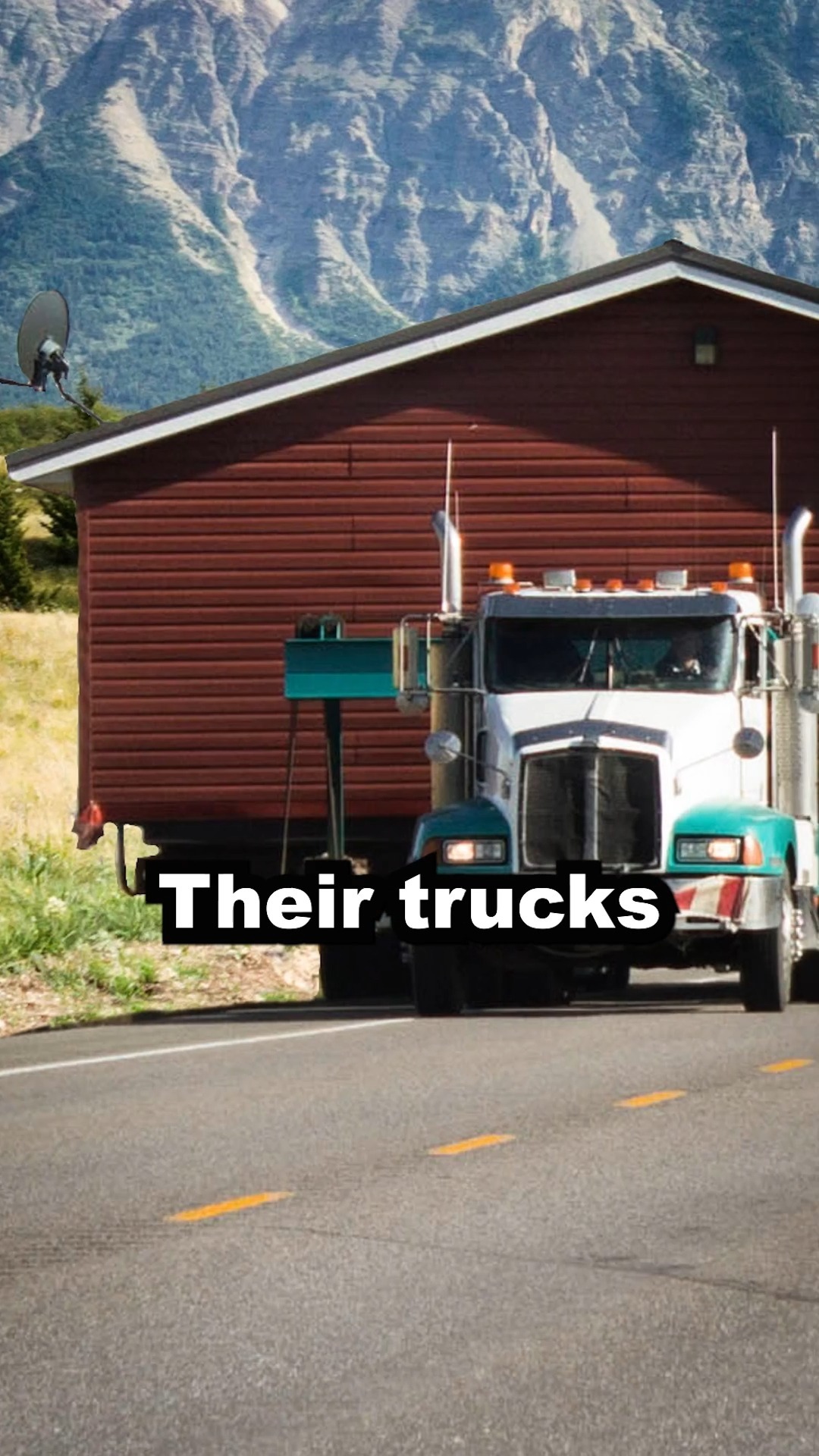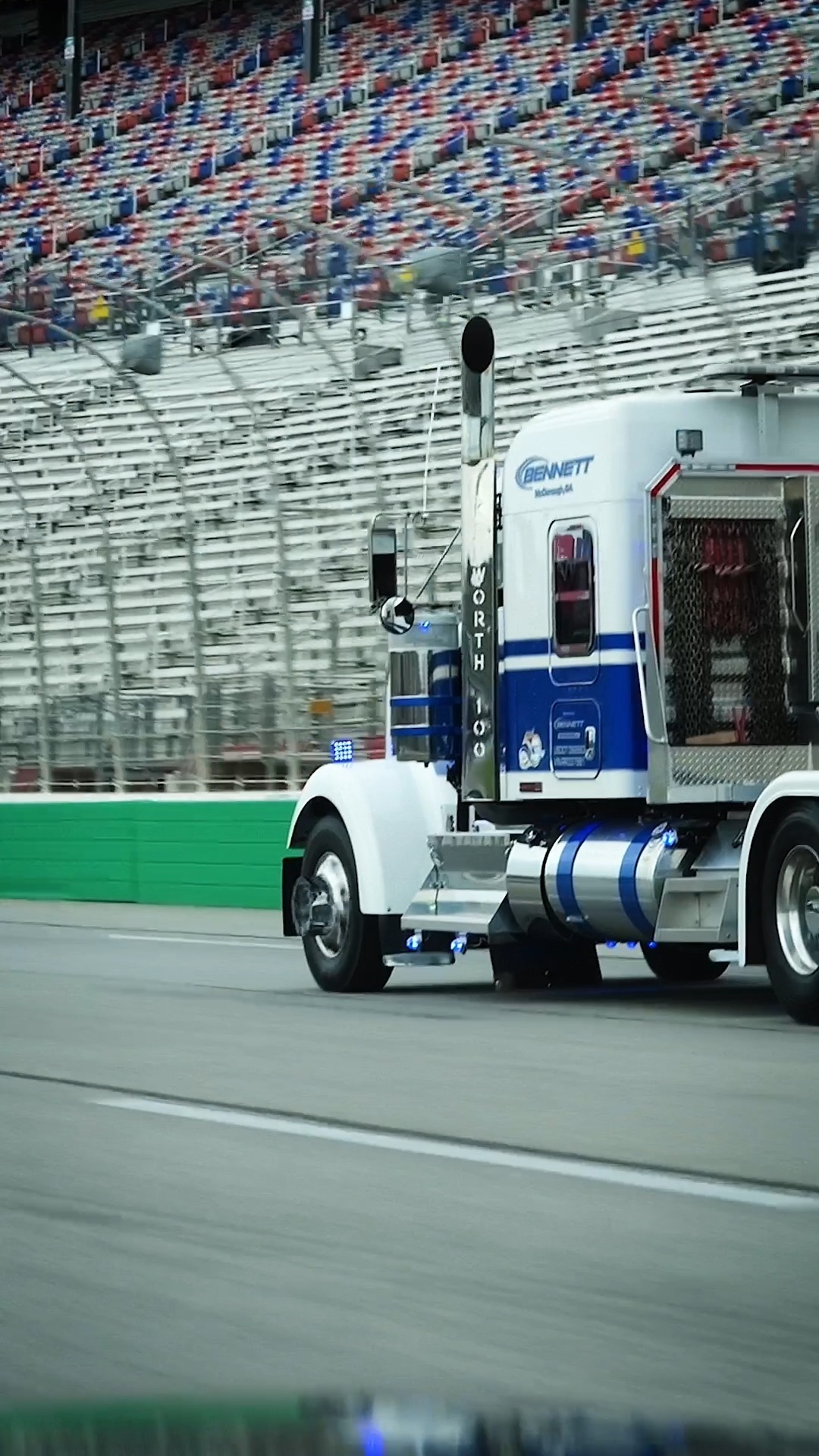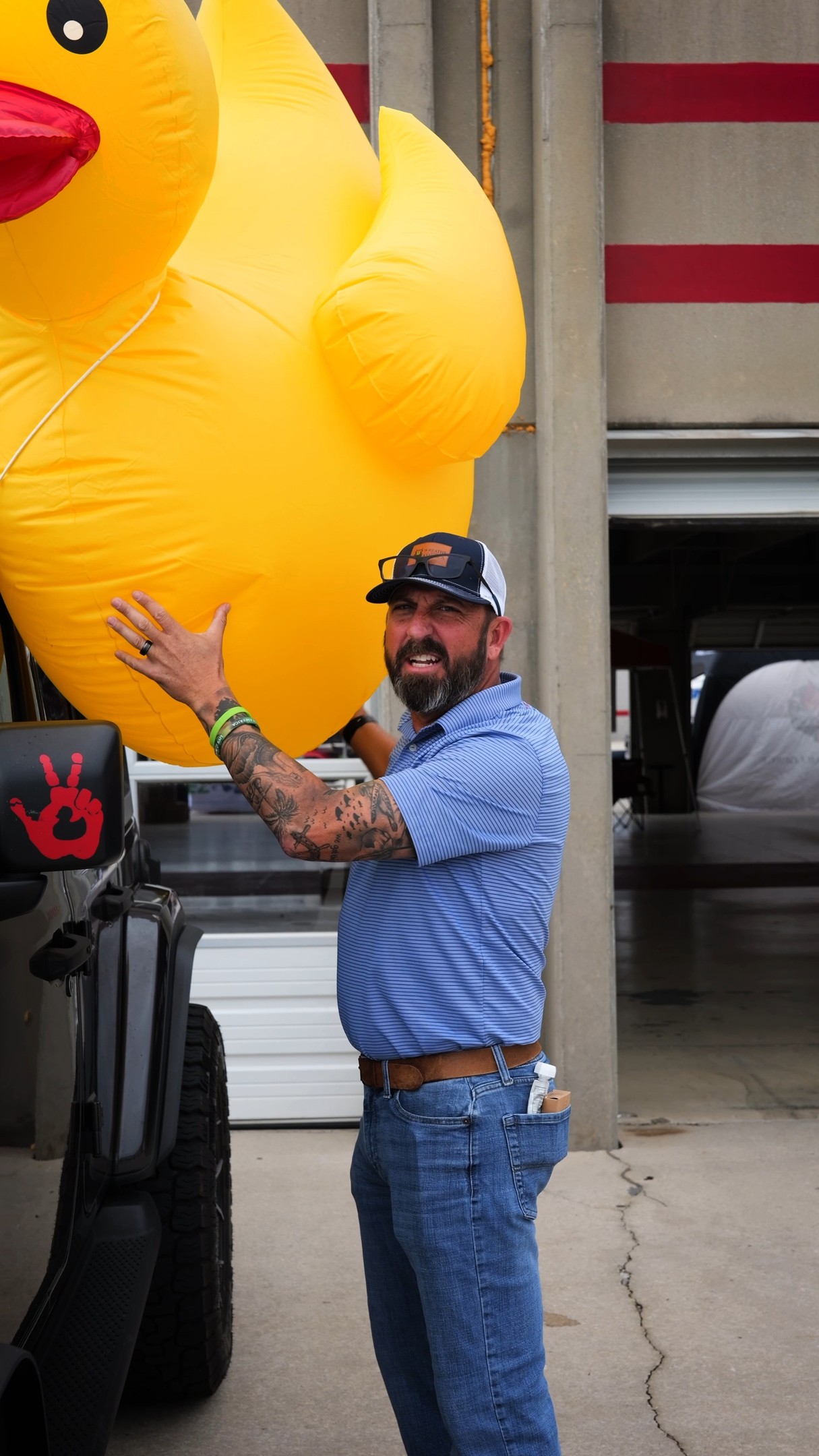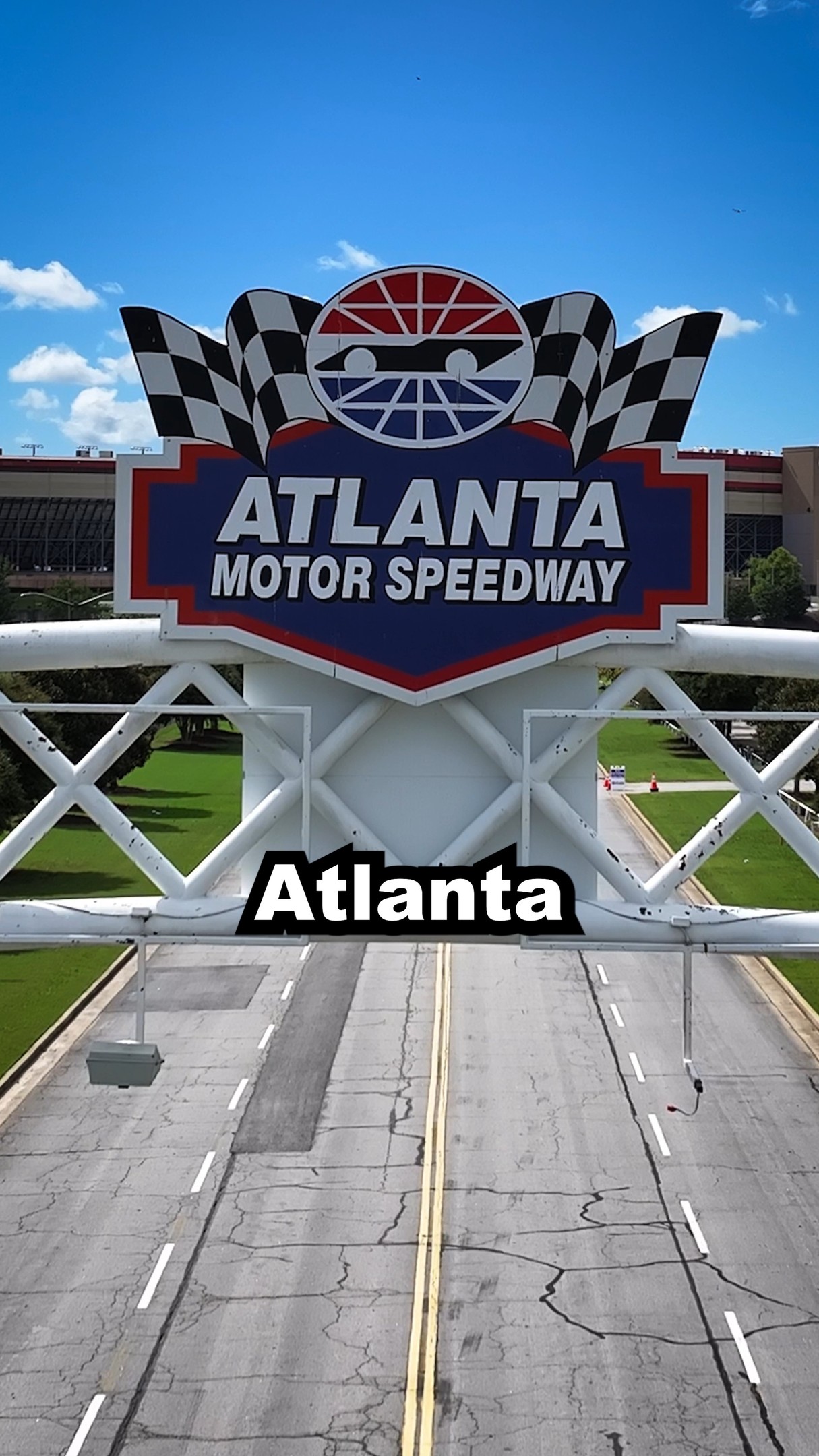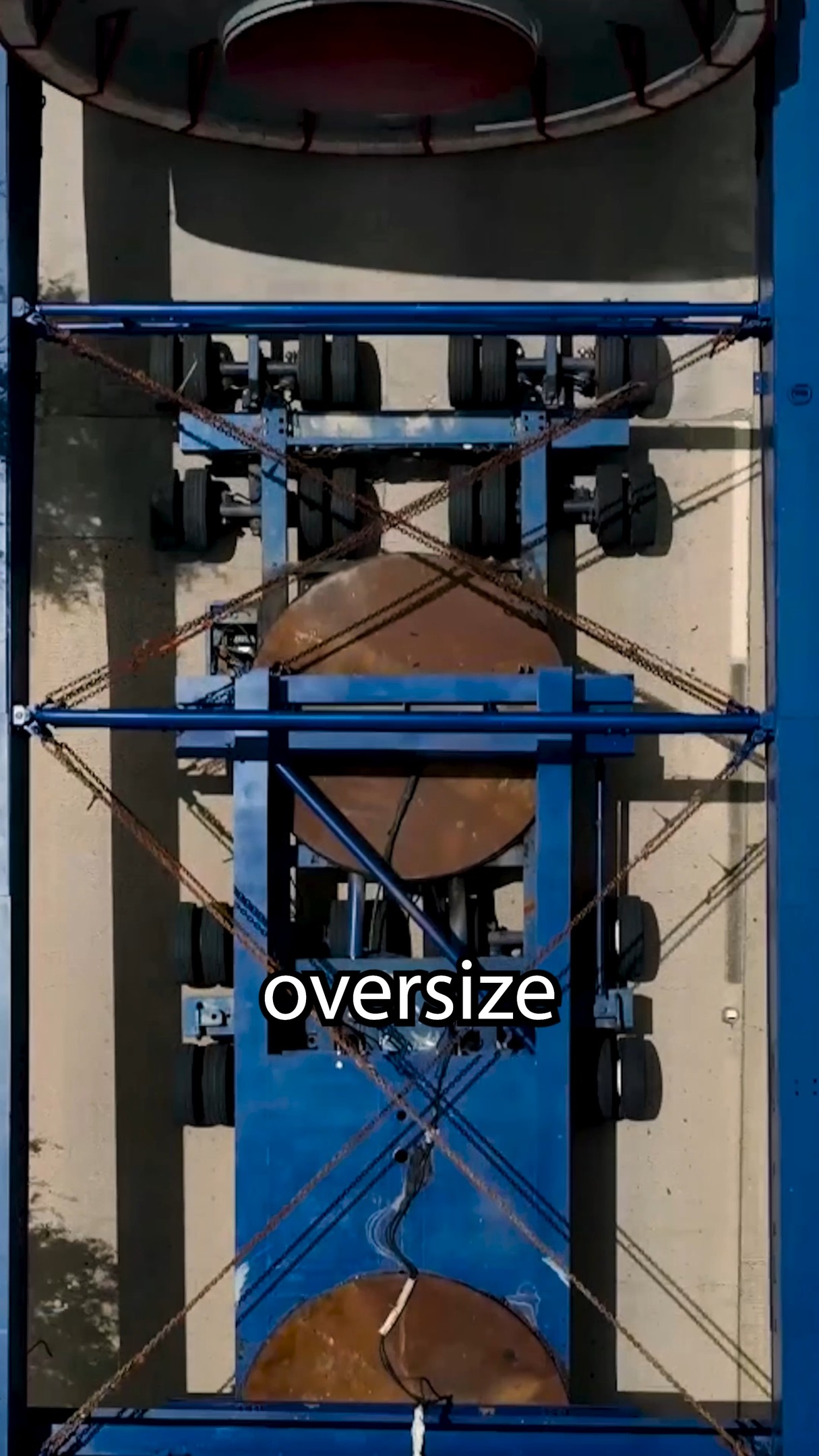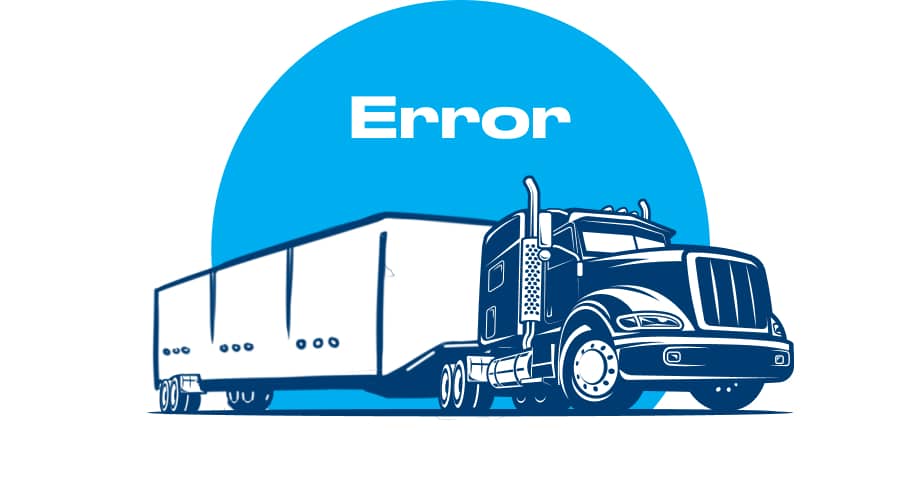U.S. highway fatalities have increased by 7.2 percent to 35,092, according to the U.S. Department of Transportation (DOT). This is an addition of 2,348 deaths from 2014. Of these, 4,067 fatalities involved large trucks, an increase of 4.1 percent from 2014. According to the DOT’s National Highway Traffic Safety Administration (NHTSA), this is the highest increase since 2008. After a five-decade trend of decline in fatalities, these new numbers have encouraged new safety improvements in the transportation industry, including brake checks and speed limiting devices.
Federal government agencies are busy evaluating a number of new technologies that could address safety issues, while a new brake violation program is already being implemented.
Here are a few examples:
Operation Airbreak
This summer, inspectors placed 12.4 percent of inspected vehicles out of service due to brake violations, according to the Commercial Vehicle Safety Alliance (CVSA). Thirty-one participating U.S. states and Canadian provinces checked brakes on 6,128 vehicles as part of its Operation Airbreak program, which is dedicated to increasing brake system safety, awareness and compliance to improve commercial motor vehicle safety.
The CVSA notes that brake-related violations are often the largest out-of-service category. In September, the CVSA’s Operation Airbreak also hosted Brake Safety Week to further provide education and enforcement. By identifying out-of-adjustment brakes and anti-lock braking systems, this annual campaign encourages proper inspections and maintenance. Since the program was incepted in 1998, 3.4 million brakes have been inspected.
Vehicle Hacking
The U.S. House of Energy and Commerce Committee has recently expressed concerns to the NHTSA concerning vehicle hacking. With the ability to compromise vehicle safety by tapping into an automobile’s system, hackers can activate and disable brakes, control steering wheels, and access diagnostic ports to create new vulnerabilities for drivers. The energy and commerce committee has made plans to discuss methods of addressing these vulnerabilities and developing next steps with the NHTSA.
Speed Limit Devices
A joint proposal between the Federal Motor Carrier Safety Administration (FMCSA) and NHTSA recommends that heavy-duty vehicles be equipped with devices that would limit their speeds. The speed limit for specific vehicles would depend on tests and public input, though the benefits and costs of maximum speeds at 60, 65, and 68 miles per hour has been recently discussed. The proposal estimates that limiting vehicles to a speed of 60 mph would potentially save 162 to 498 lives annually, while preventing an estimated 179 to 551 serious injuries.
By limiting the speeds of larger vehicles, it’s estimated that the devices would reduce fatalities and injuries, cut fuel costs, and reduce greenhouse gases. According to the NHTSA, federal motor vehicle safety standards would require vehicles of a gross vehicle weight rating of more than 26,000 pounds to have these devices set to a specific speed. However, this rule wouldn’t be put into effect until three years after the final rule is published.
Automated Vehicles
Another method of reducing crashes and traffic fatalities is self-driving technology. The DOT issued guidelines for testing and deploying automated vehicles in September. With the potential to save thousands of lives, automated technologies would also encourage platooning—rigging trucks together electronically so they move more closely together, thereby conserving fuel—and other technological advances. However, safety systems such as automated breaking are still of concern.
Autonomous vehicles would decrease the majority of crashes caused by human error by allowing drivers to act as “pilots.” Drivers would take off, initiate autopilot, and land the vehicle at its destination. Under DOT guidelines, the federal government would set safety standards and conduct recalls. Manufacturers would document vehicle performance through a safety checklist, and the DOT and the NHTSA would approve technologies before they’re allowed to be sold. The safety checklist includes 15 requirements that manufacturers must comply with before their autonomous vehicles could go to market. Automakers would need to make performance assessments public for evaluation by regulators and other companies.
